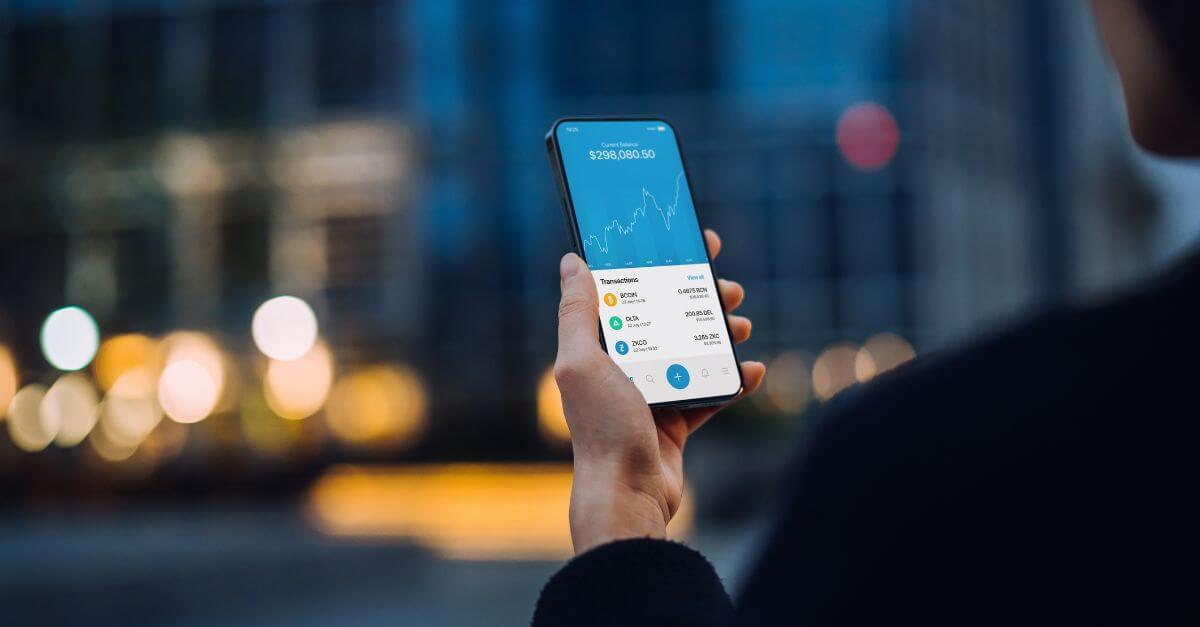BLOG. 3 min read
Private Equity Funds – 2023’s A Brand New Game
November 7, 2023 by Mike McDonald, Ph.D
While the S&P 500 is markedly higher than it was in January, it’s still more than 10% below where it was in mid-2022. Most stocks are considerably underperforming the S&P 500, resulting from the narrow breadth of the index’s rise, and the outperformance by select names like Nvidia. Against this backdrop, one might have thought bonds would do well, but the rise in the 10-year Treasury yield has brought losses on 10-year bonds to roughly 46% since March 2020. Think about that for a moment—the gold-standard fixed-income financial asset has lost almost half its value over the last three and a half years.
For alternative investment managers, the largest of which are the private equity funds like Blackstone, Apollo and KKR, these trends in the market create significant opportunity and risk. Of course, the business of private equity has been changing significantly for the last few years anyway. Many of the publicly-traded PE firms converted from partnerships to standard C-corps in a (largely successful) effort to boost their multiples and valuations, as well as gain more acceptance among institutional investors and ETFs. This effort culminated in the S&P 500’s September announcement that Blackstone is being added to the index; based on their market capitalizations, it is likely that KKR, APO and ARES will be added in the future as well.
Blackstone and other PE firms have also leaned heavily into real estate in recent years, with Blackstone now the world’s largest commercial property owner, and real estate making up the biggest segment of its portfolio by AUM.[1] Add to this, the firm’s announcement in July that it had reached $1 trillion in assets under management, and it’s clear that the firm is a radically different animal than it was even a decade ago.
Blackstone is hardly alone in this evolution though. Apollo merged with its affiliated Athene Holdings insurance group last year, and the firm now has more than $500B in AUM. Apollo and other PE firms have been shifting towards more investment in private credit, which is essentially risky private lending to small and medium-sized businesses.[2] While this type of lending may carry less interest rate risk, it also carries much greater credit risk, especially if the Fed is finally successful in slowing the economy. Rising rates also carry considerable risk for leveraged buyouts and other debt-laden investments traditionally held by PE funds—a fact that has not been lost on investors as bouts of worry about PE stocks have come up several times in the last year. More broadly, the larger size of PE funds, combined with their changing focus on the challenging economics for the traditional LBO business in a high-cost-of-capital world, should have investors and fund managers thinking carefully about the future.
The alpha generated by PE funds has declined significantly over the last 20 years,[3] and the new regime of larger fund companies, new strategies and new investment economics all point to the need to ensure that fund marketing and investor expectations fit with this new regime. Or to paraphrase, it doesn’t matter where PE funds have been before; this is a brand-new game.
Monthly Newsletter | Subscribe to news from the SS&C Learning Institute to gain continued access to expert insights on the latest industry topics.
CPE Course Library | Are you curious to learn more? Check out the GAMMA Library including over 300 hours of approved industry CPE courses and related timely articles. Click here to explore the full course listing, available CPE credits and registration for the GAMMA Library.
About Us | The SS&C Learning Institute is a division of SS&C dedicated to providing continuing education for today’s professionals. From a library of 250+ online CPE courses to microlearning articles and videos, our offerings are delivered by industry-leading subject matter experts and cover a wide variety of financial markets topics. To learn more about the SS&C Learning Institute, please visit ssctech.com/learn.
[2] https://www.wsj.com/articles/apollo-earnings-private-credit-buyouts-sparse-42a28186
[3] Harris, Robert S., et al. "Has persistence persisted in private equity? Evidence from buyout and venture capital funds." Journal of Corporate Finance (2023): 102361.
Written by Mike McDonald, Ph.D
SS&C Learning Institute, Industry Expert





